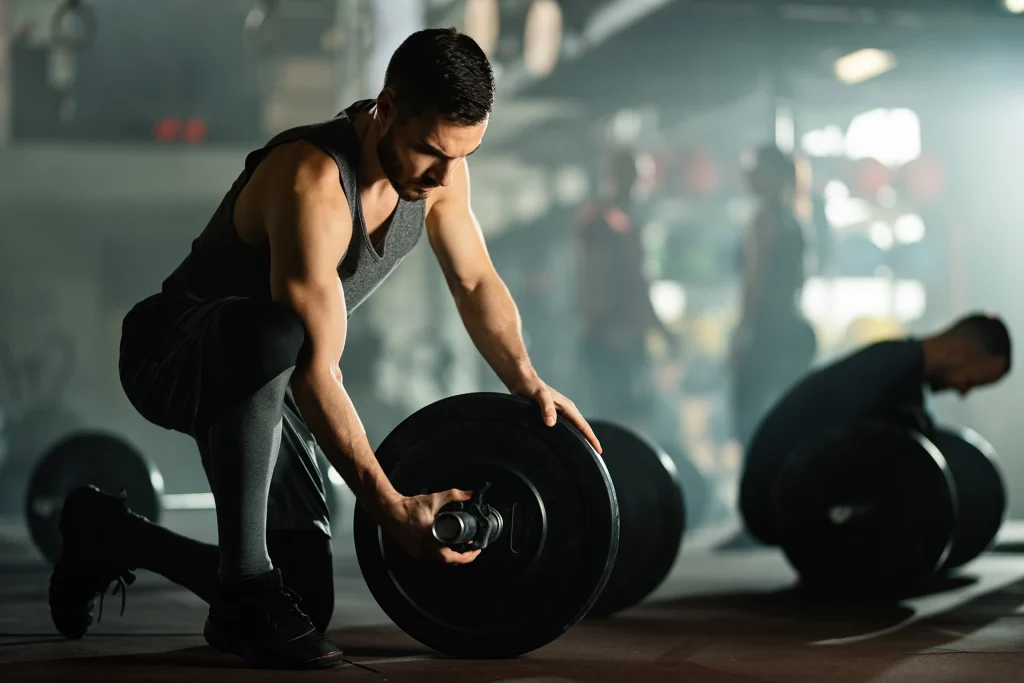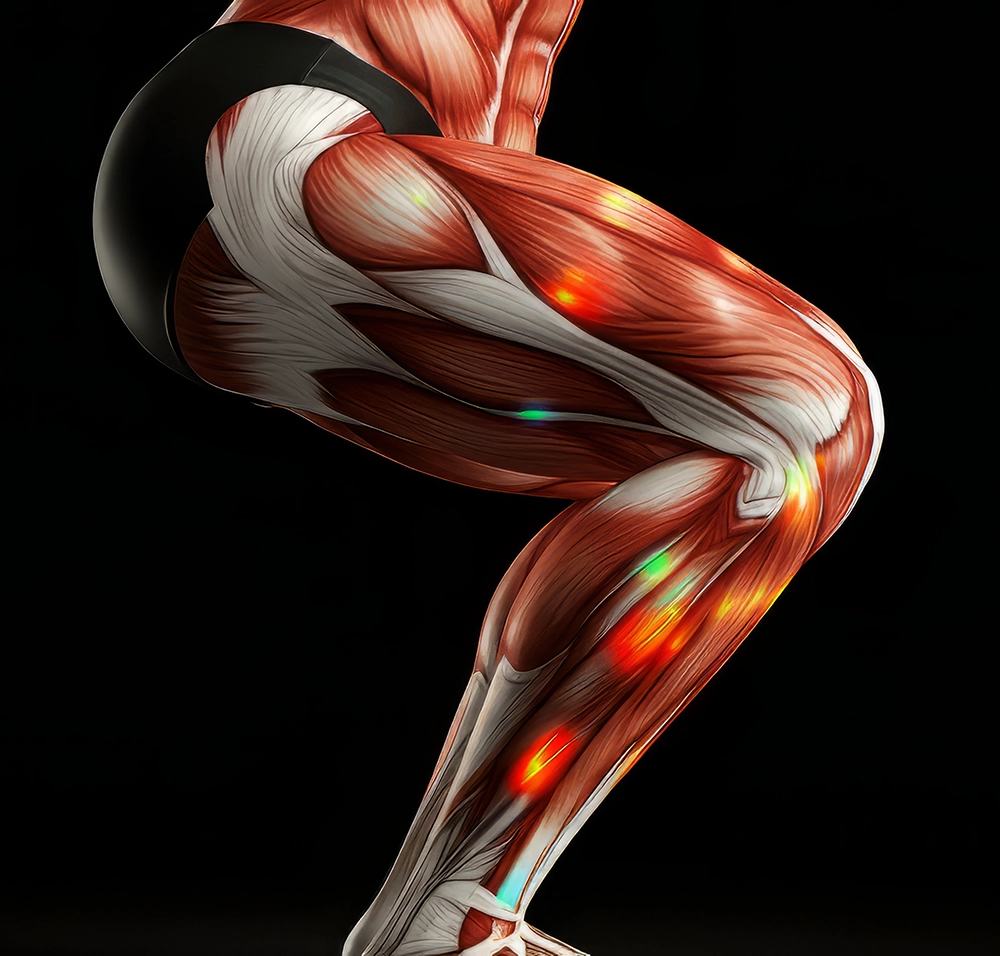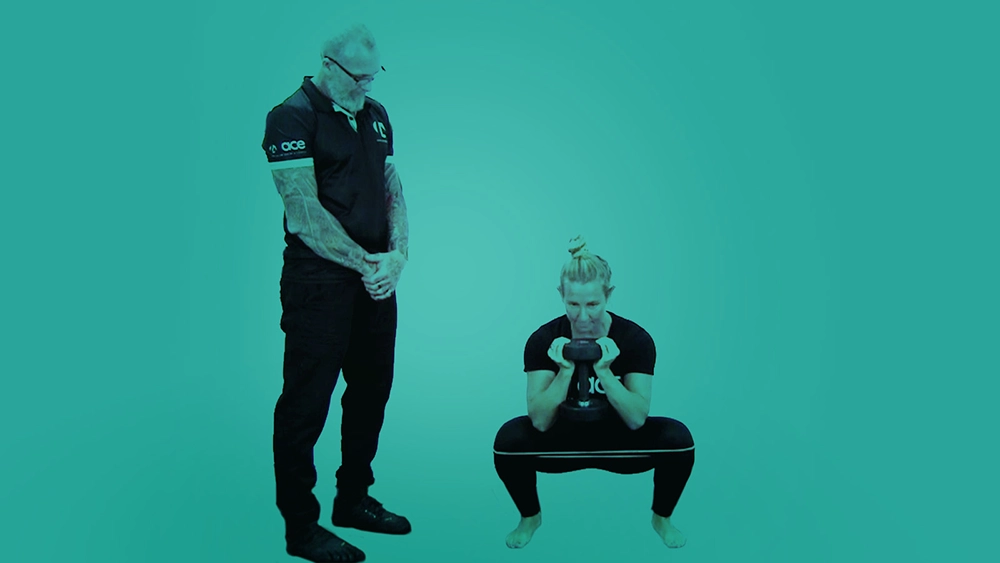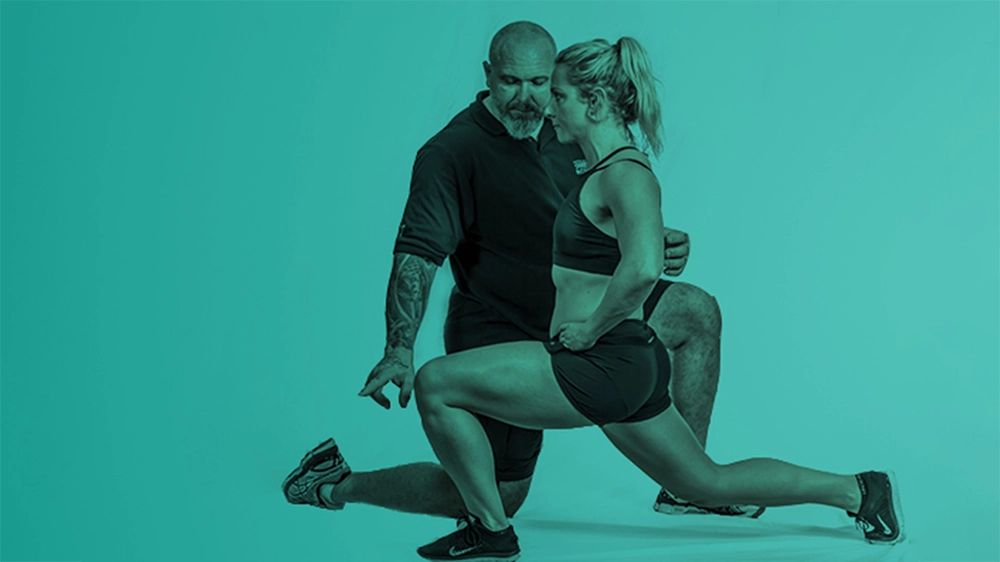TRAINING
Why the ‘Big Three Lifts’ aren’t Always the Answer

In today’s fitness culture, heavy barbell lifts like squats, deadlifts, and bench presses are often hailed as the gold standard for strength, hypertrophy, and calorie burn. And while they are incredibly effective, these movements are not always the best starting point – especially for the general population walking into a gym or seeing a trainer for the first time.
Why Progressions Matter Before the Barbell
Let’s be real: most people aren’t physically prepared to jump straight into compound barbell lifts. If you’re unable to sprint, jump, or control your body weight comfortably through a full range of motion, you’re not going to extract the real benefits from these big movements. Worse still, you risk injury by loading a structure that hasn’t earned the right to be loaded yet.
Barbells are for maximising force in a controlled plane, not compensating for poor mechanics or underdeveloped tissues. Before you add plates on a bar, you need to build tissue tolerance and movement capacity.
What Is Tissue Tolerance?
Tissue tolerance is your body’s ability to absorb and produce force safely, through joints, muscles, and connective tissues. If your body hasn’t developed this capacity, especially under load, then barbell lifts become stressors – not strength builders.
Many trainers think they’re doing good work because a squat ‘looks okay’ on the surface. But just because it looks fine on Instagram doesn’t mean the joints are moving well or the tissues are absorbing force effectively.

Misconception – The 'Big Three'
It’s a misconception that everyone should start with squats, deadlifts, and presses to get stronger or leaner. The truth is, for most deconditioned clients, these are too advanced. They can mask dysfunctions rather than fix them. Instead, strength training should first:
Promote range of motion and control
Target underused tissues and end ranges
Respect asymmetries and injuries
Train odd positions and multiple planes of movement
Build Capacity Through Smart Progressions

Training should match a client’s current capabilities. That means isolating and activating joints and muscles in simple, low-load scenarios before integrating them into complex movements.
Movement First, Load Later
You don’t put a race car engine into a rusted chassis. And you don’t put a barbell on someone who can’t balance on one leg. Before we load the body, we need:
Stability in the feet, hips, and core
Symmetry between limbs
Joint mobility and coordination
The ability to absorb force safely
Only then does loading become both safe and effective.
If you can’t control the squat, maybe doing the squat isn’t where you need to start.
The Long Game: Sustainability Over Intensity

Real strength isn’t about ego lifts – it’s about function. It’s being able to pick up your child, carry the groceries, lunge to catch your balance, or sprint after a runaway ball – without pulling a hamstring or hurting your back.
Trainers and coaches should prioritise volume, frequency, and quality movement over intensity. People don’t get out of shape from bursts of laziness. It’s volume that undoes them – and it’s volume that will rebuild them.
Final Thought
We’re not anti-barbell – we’re just pro-earning it. The smarter you are with your progressions, the longer your clients will stay injury-free, moving well, and loving their training. So, before you chase numbers on a bar, build the foundation that can handle it.
Move well first. Load later. Progress always.


Shannon Green
Shannon is a leading strength and movement coach with over 20 years of experience. He has travelled the world to learn from top experts in strength training, rehab, and human performance. Known for his clear, no-nonsense coaching style, Shannon helps clients build real-world strength through smart progressions and injury prevention. As a lead educator at Australian Combat & Exercise (ACExercise), he co-created the Technical Lifting series – a series of courses designed to help fitness professionals coach with precision and purpose. Find out more at www.acexercise.com.au